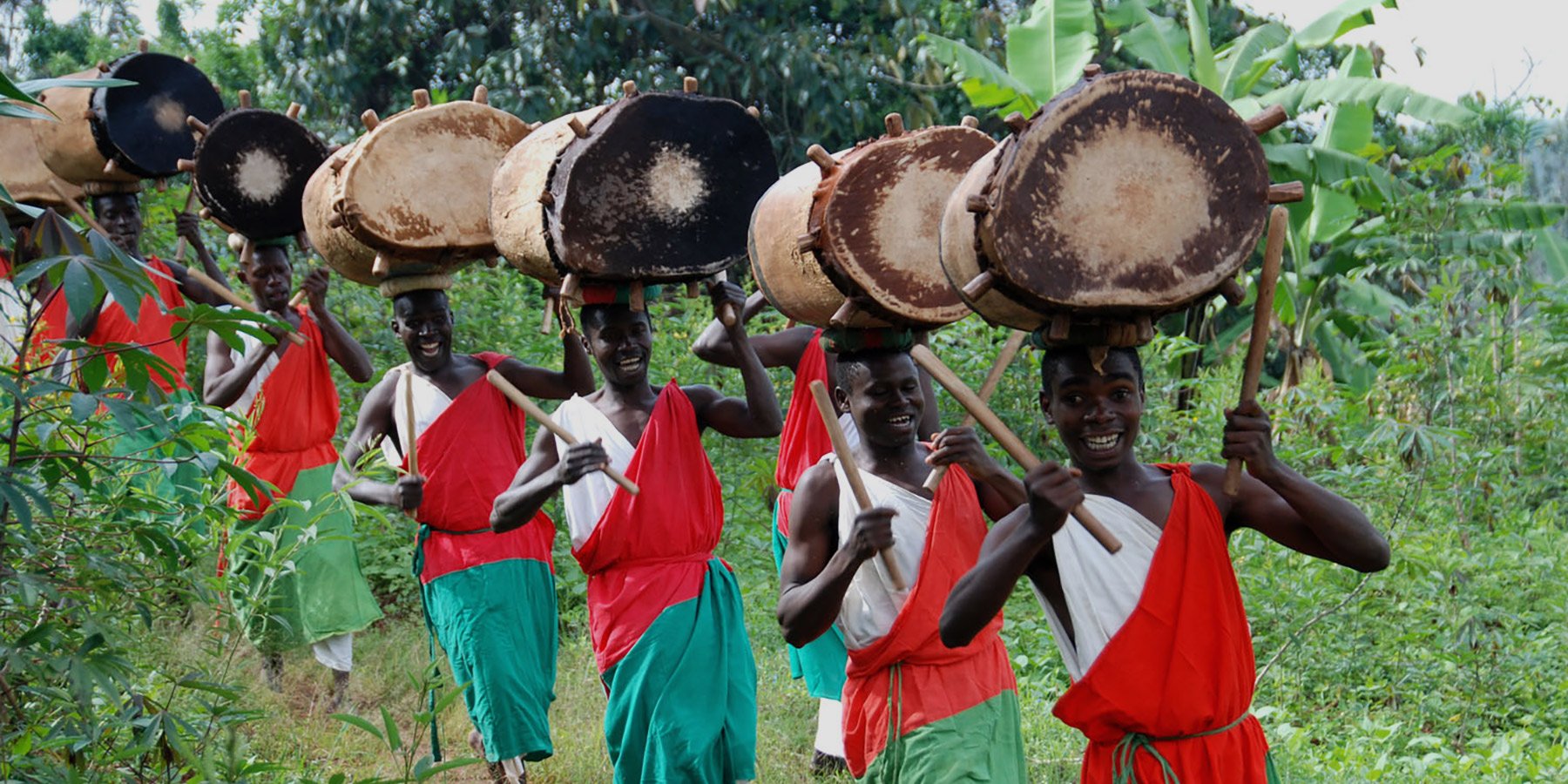Discover Uganda
This is a land dominated by the Nile and the stunning lakes of the great Rift Vally: from Lake Victoria’s vast expanses in the south-east to the shores of Lake Albert in the west, the land unerringly flows through abundant wetlands and expansive savanna, offering the visitor amazing wildlife viewing opportunities.
The 10 National Parks sustain some of Africa’s most celebrated success stories from mountain gorillas and chimpanzees to lions and the superbly burgeoning elephant populations.
Expect friendliness, fascinating cultural experiences and tribal diversity, wonderful insight into local community charity projects, and a nation which is proud to celebrate its natural glories with you amidst the very cradle of human evolution.
What to see on our
Uganda Group Tours
• See the source of the Nile
• Visit the Ziwa Rhino Sanctuary – home of the only wild rhinos in Uganda
• Enjoy excellent game viewing at Murchison Falls National Park
• Look for chimpanzee in Kibale Forest
• Marvel at the tree climbing lions at Queen Elizabeth National Park
• Track Mountain Gorillas in the Bwindi Impenetrable Forest - an unforgettable experience
-
Although many of our tours are small group adventures with set departures, as a bespoke operator, we can design and create trips to suit any traveller, from solos to larger groups.
Most of our popular group tours are available on a private basis, allowing you the freedom to decide on when you would like to travel. Below we have given some sample pricing based on one or two people travelling. To find out more about organising this tour on a private basis, or arranging the perfect holiday tailored to your requirements get in touch with our well-travelled team. Contact us by phone or email.
Primates of Uganda
12 Days Private Tour price based on one person travelling - from £10,290
12 Days Private Tour price based on two people travelling, sharing twin or double accommodation - from £6,880pp
Our Tours
Uganda
Primates of Uganda
Small Group Tour
12 Days from £4,995
Feedback from our Travellers
Best Time to Visit
The best time to visit Uganda is during its two dry seasons: between December and February, and between June and August, when conditions are particularly good for trekking to see mountain gorillas and chimpanzees.
Jan
Feb
Mar
Apr
Sep
Oct
Nov
Dec
Best
Mixed
Poor
Aug
May
Jun
July





